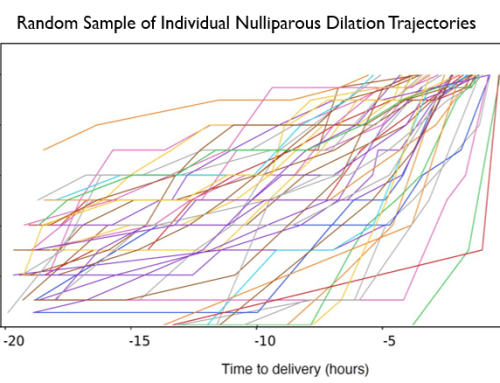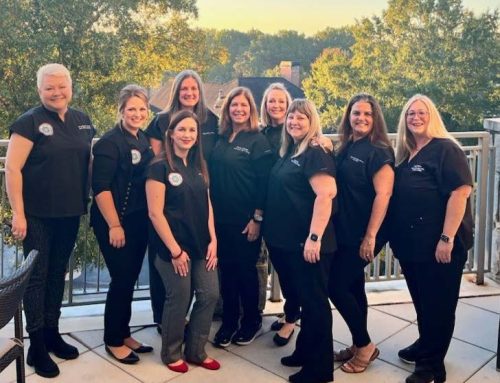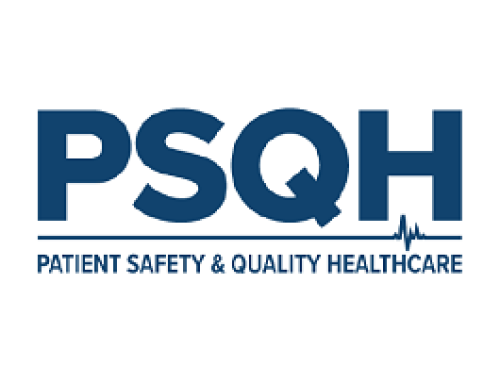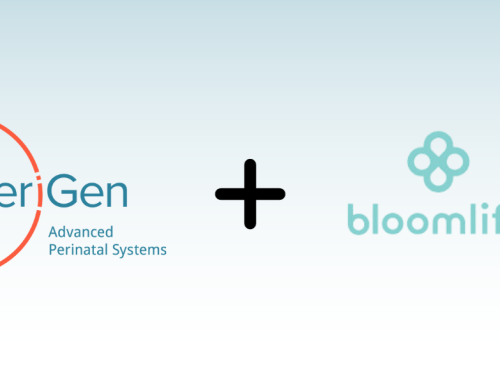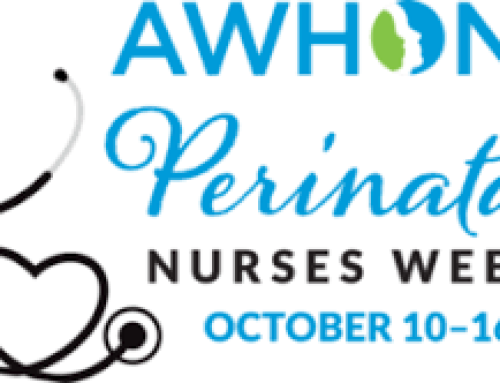by Michelle Flowers RNC-OB, Program Manager & Clinical Consultant
While visiting our clients, we frequently hear how they’re challenged to keep up with demand for continuing education and staff engagement. Whether training over new policies or new software, finding the most economic and effective methods are challenges. At times it’s an overwhelming task for some.
Over the next year or so, PeriGen will offer a series of articles to share how educational challenges are being met by some leading hospitals and health systems.
What are some of the contributing factors within healthcare? Here are three distinct areas that stand out when speaking to some of our clients and reviewing the relevant literature:
Generational Differences in Learning Styles
Today’s labor & delivery units are faced with great generational diversity. This is both a unique opportunity and a challenge from an educational perspective. The influx of “youth”, those new to obstetrics, brings a renewed energy and surge of new ideas and strategies for patient care and unit processes. At the same time, more experienced clinicians provide a deep well of experience, knowledge and skills that newer clinicians can learn from. This synergistic mixture creates a dynamic and well-rounded unit. It also presents a challenge for efficiently teaching, engaging and retaining staff. Millennials – those newer nurses just joining hospital units — differ a great deal from baby boomers, especially when it comes to learning styles, use of technology and attitudes to work*. Generational differences need to be clearly understood by those procuring and providing education and retention strategies. We will take a deeper look into some of these topics in future articles.
Technology Evolution
Second, technology evolves at a rapid rate and poses its own set of educational opportunities and challenges. Facilities are striving to provide caregivers with the best, most progressive tools to allow more time at the bedside with their patients. Enlisting programs and analytics to gather data elements needed for quicker notifications and earlier interventions means having to trust in computer software to do the functions it has been designed to do. Building processes and analytic algorithms in relation to the patient data provides another layer of safety for improving outcomes, increasing patient satisfaction, and facilitating continuous learning on the part of clinicians.
Depending on a user’s past experience and level of comfort with computer usage, electronic documentation and tools can pose a learning hurdle. Finding ways to keep access, materials, policies, and processes up to date and users fully informed and comfortable with new technology can be extremely time-consuming.
Increased Turnover
Finally, within the past couple of years we have seen a great number of our colleagues leave the profession to enjoy their well-earned retirement and we continue to hear about nurse shortages. Many units are seeing a large influx of new talent. Rapid turnover brings new energy and ideas, but represents a challenge for sustaining a skilled labor & delivery clinical team and producing future leaders. Finding the best path to ensure success in the face of ever-shrinking budgets can be stressful and labor intensive.
Our goal is to provide problem-solving techniques that have worked for our clients for your consideration and use. If you have training strategies you found to be effective in your unit, please comment below or email me at michelle.flowers@perigen.com so we can share them with others. Together we will bridge the gap and empower all for success as we continue to evolve to the next generation in obstetrics.
*Buckely, P; Viechnicki, P; Barua A; A new understanding of Millennials: Generational differences reexamined; Deloitte University Press, October 16, 2015

